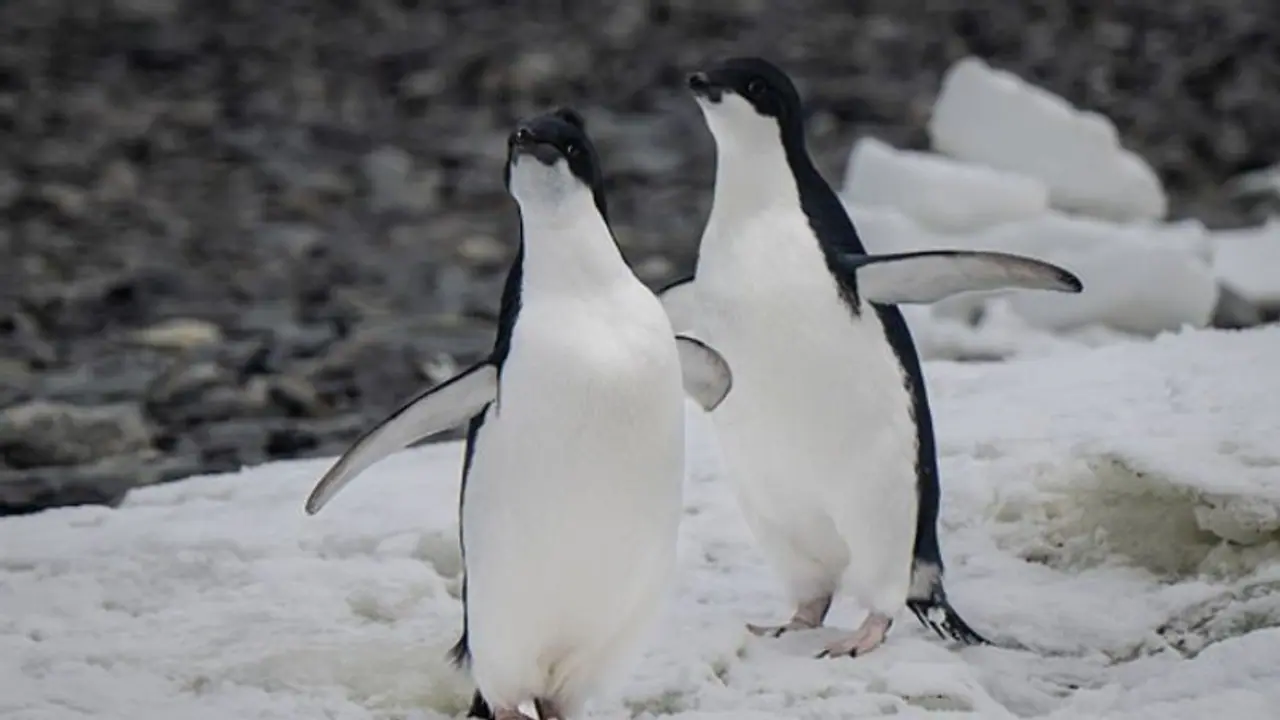The outbreak of the H5N1 avian flu, which has already wreaked havoc on bird populations worldwide and significantly affected South American wild bird and marine mammal populations, has now reached Antarctica.
Scientists in Antarctica have issued a stark warning regarding the spread of the deadly H5N1 avian flu virus after its recent confirmation on the frozen continent's mainland. The virus has since been detected in local penguin and cormorant populations, raising concerns about its potential devastating impact on Antarctica's iconic wildlife.

The outbreak of the H5N1 avian flu, which has already wreaked havoc on bird populations worldwide and significantly affected South American wild bird and marine mammal populations, has now reached Antarctica. This alarming development has prompted urgent action from researchers and conservationists.
Fabiola Leon, a researcher from the Pontifical Catholic University of Chile who participated in an expedition to monitor bird flu in Antarctica, expressed deep concern about the situation. "We are talking about a very worrying risk," Leon stated. "There are species in danger of extinction, such as emperor penguins and other birds."
The Chilean Antarctic Institute (INACH), which organized the expedition, announced the detection of positive bird flu cases in the region. This discovery, described as a "landmark" find, included cases in penguins for the first time. Nine Adelie penguins and one Antarctic cormorant tested positive for the virus, marking a significant escalation of the threat.
Leon emphasized the potential for the virus to spread rapidly within the crowded penguin colonies and through migratory movements. "This detection of highly pathogenic influenza H5N1 is for the first time reported for Antarctic penguins and cormorants," she warned. "This may promote an increase in the rate of transmission of the disease among various bird colonies."
The implications of the H5N1 outbreak in Antarctica are profound. Not only does it threaten the survival of vulnerable bird species, but it also poses a risk to the delicate Antarctic ecosystem as a whole. Conservation efforts and coordinated action are urgently needed to contain the spread of the virus and protect Antarctica's precious wildlife.
Researchers and authorities are calling for heightened surveillance and preventive measures to safeguard penguin colonies and prevent further spread of the disease. The international community must come together to address this emerging threat and ensure the long-term preservation of Antarctica's unique biodiversity.
In the face of this unprecedented challenge, concerted action is essential to mitigate the impact of the H5N1 avian flu outbreak and safeguard the future of Antarctica's iconic penguin colonies.
